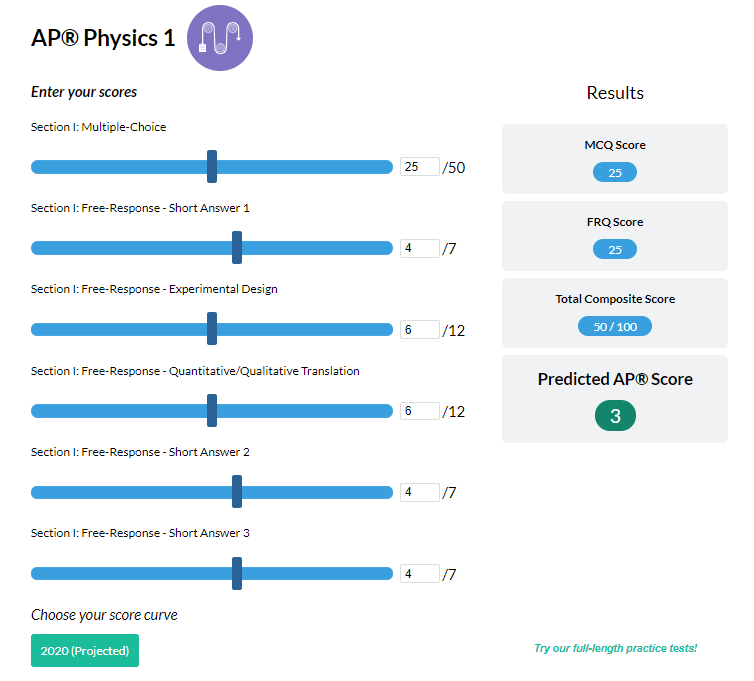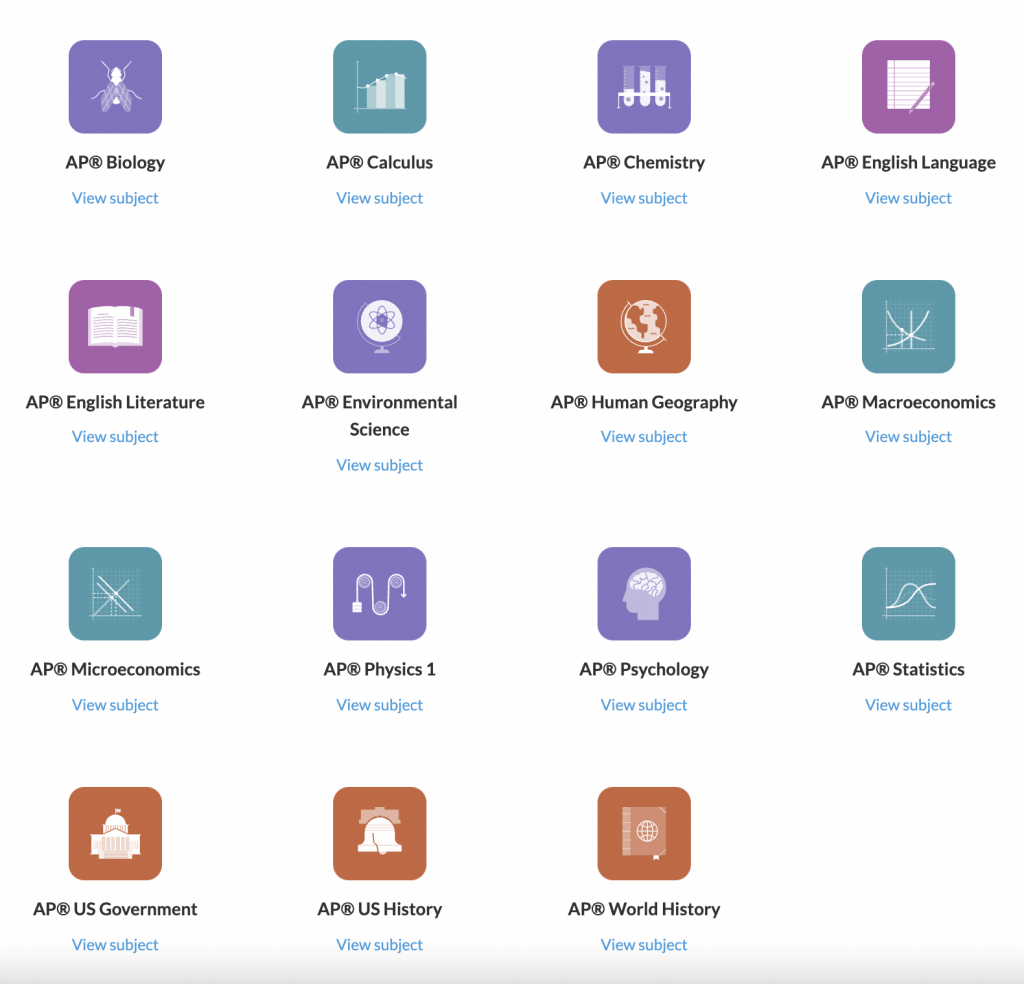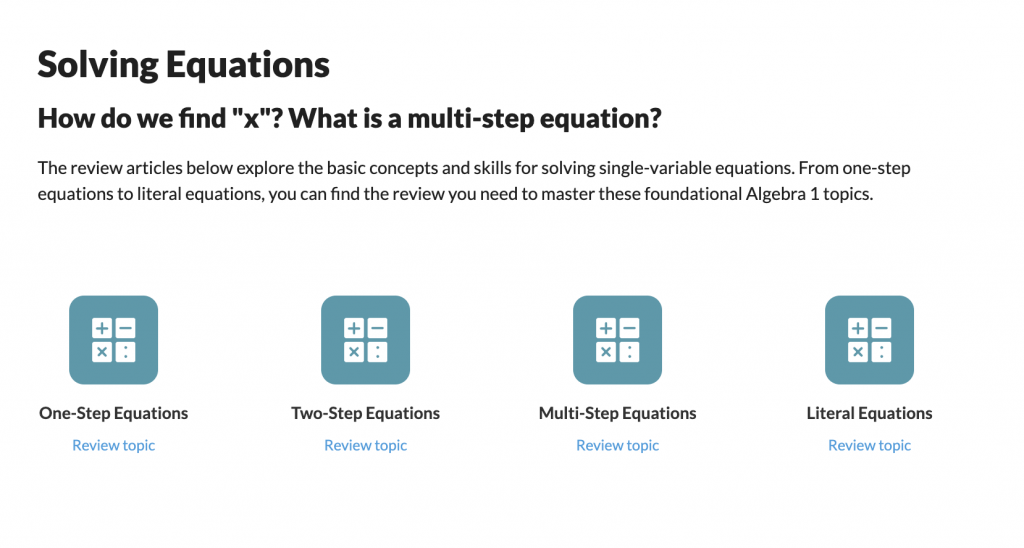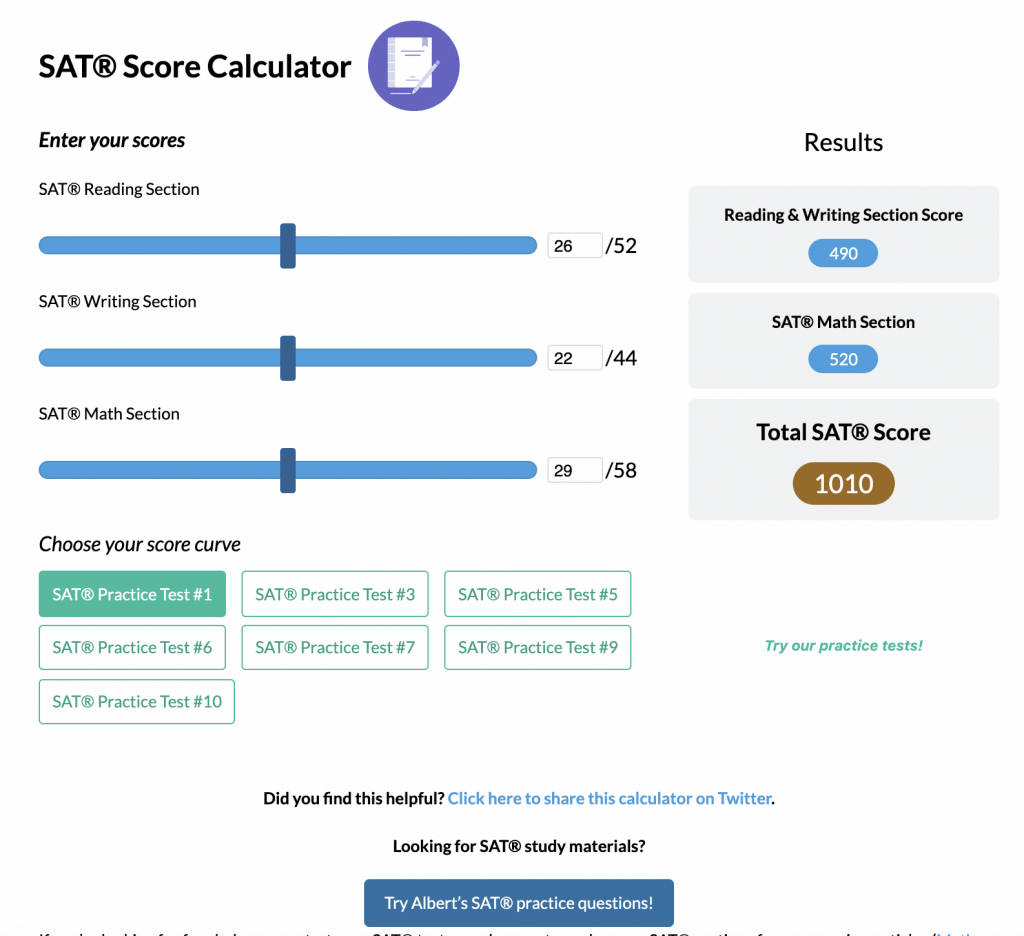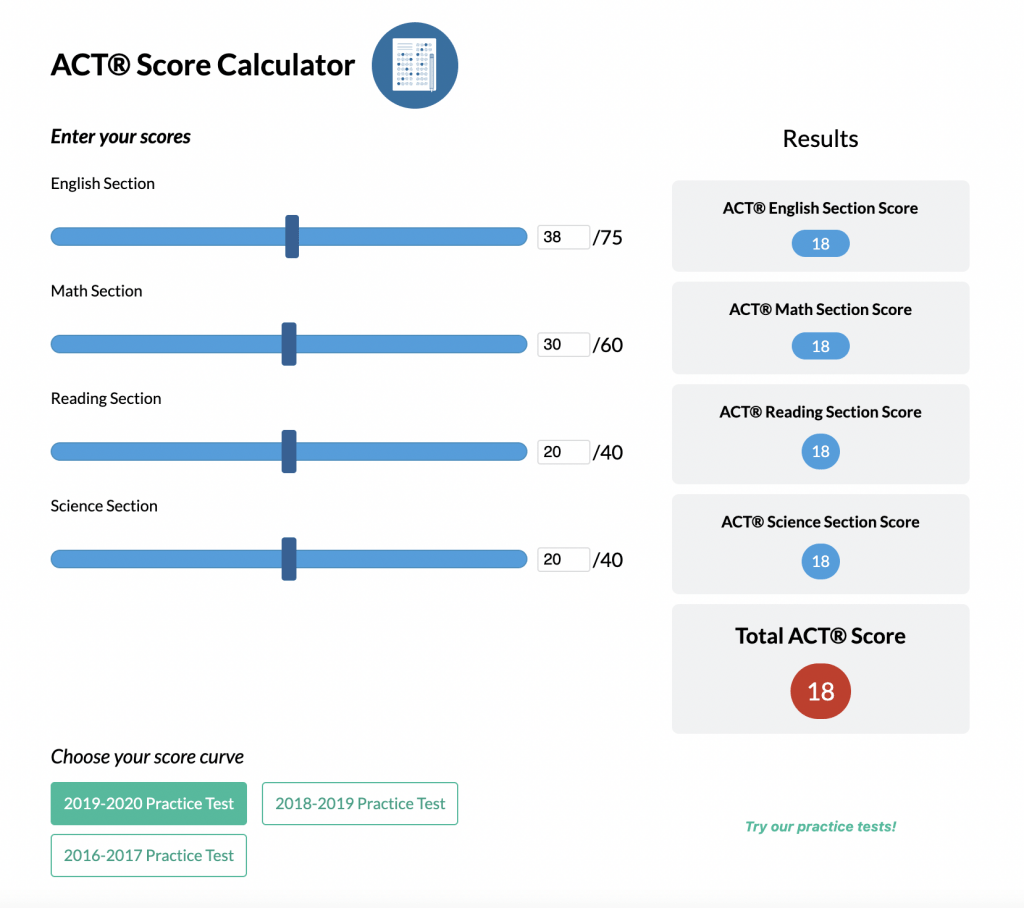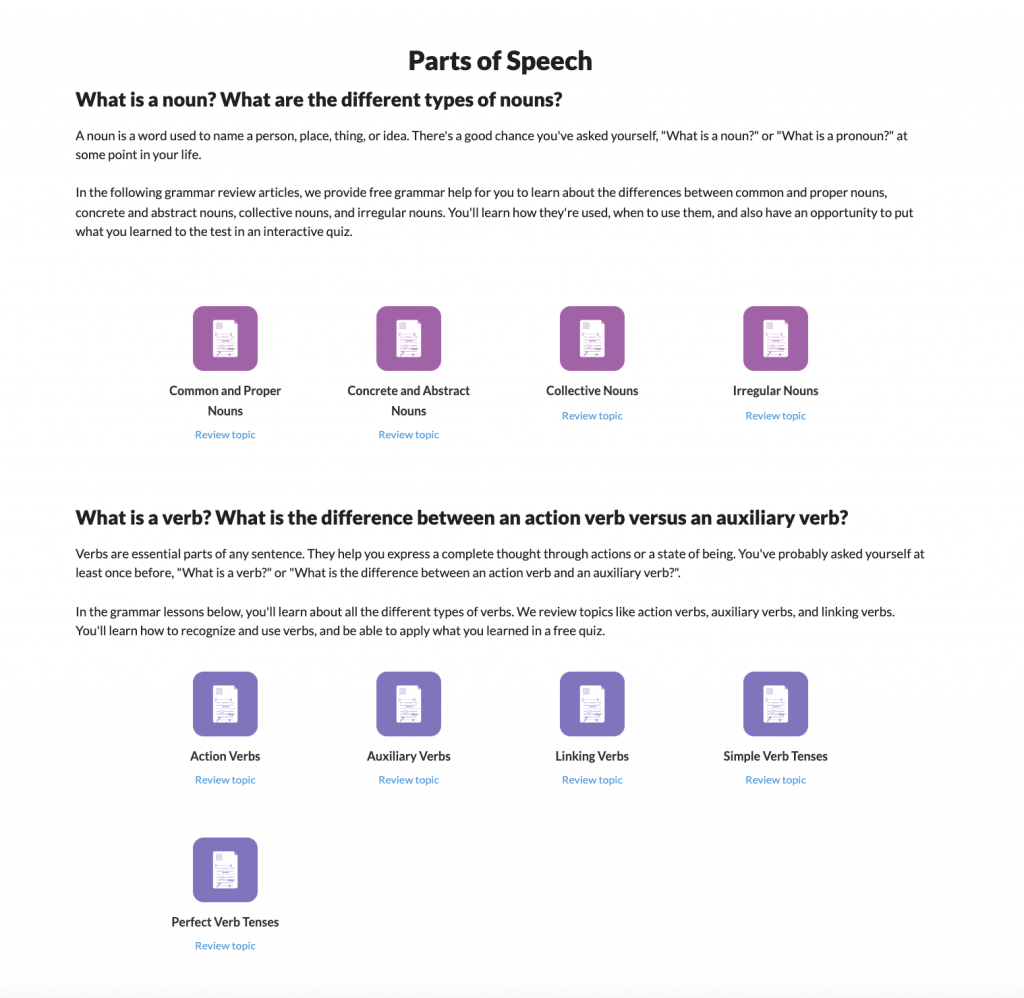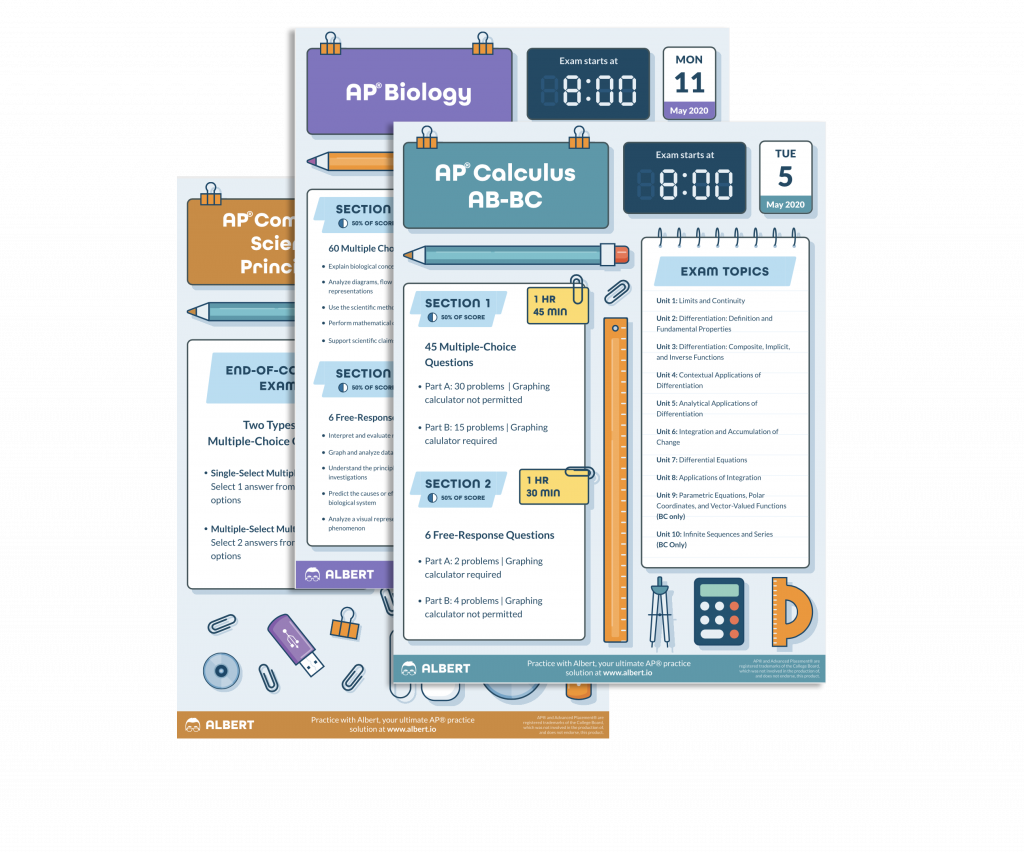What We Review
Causation in Period 1: Understanding the Development of Transatlantic Voyages (1491–1607)
Understanding causation in Period 1 is essential for AP® US History. This skill helps explain why important events happened and how they led to future changes. From 1491 to 1607, the age of transatlantic voyages dramatically shaped early American history. Let’s break down the causes and effects of these voyages, explore key examples, and learn the vocabulary needed for APUSH success.
Introduction
Period 1 (1491–1607) covers the time before and just after Europeans first arrived in the Americas. During this period, people from different continents met and changed each other’s worlds.
- Causation means explaining why something happened (the cause) and what resulted from it (the effect).
- In AP® US History, understanding causation helps connect events and see how one thing leads to another.
Causes of Transatlantic Voyages
Why did Europeans begin crossing the Atlantic? There were several main causes:
Economic Motives
- Europeans wanted wealth, like gold, silver, and especially spices.
- Spices preserved food and were valuable in Europe.
- They hoped to find faster routes to Asia by sailing west.
Religious Motives
- Many Europeans wanted to spread Christianity to new lands.
- Missionaries often traveled with explorers to convert new people.
Political Competition
- European nations (like Spain and Portugal) competed for land, power, and glory.
- Claiming new territories increased a country’s influence.
Technology and Navigational Advances
- New tools made long sea voyages possible.
- Caravels (stronger ships) could sail longer distances.
- The compass helped sailors know direction.
- Improved maps made navigation less risky.
How Economic Motives Led Spain to Sponsor Columbus
By the late 1400s, European nations were eager to find faster and more profitable trade routes to Asia. Several key economic factors influenced Spain’s decision to support Columbus:
- Trade with Asia was slow and expensive: Overland routes were controlled by Muslim empires, making goods like spices and silk costly and difficult to obtain.
- Italy dominated the existing trade network: Italian city-states, especially Venice, controlled much of the Mediterranean trade, limiting Spain’s access and profits.
- Columbus proposed a bold alternative: He suggested sailing west across the Atlantic to reach Asia directly, bypassing overland routes entirely.
- Spain saw an opportunity: Hoping to increase wealth and rival Portugal’s growing influence, King Ferdinand and Queen Isabella agreed to fund Columbus’s voyage.
- Unexpected outcome: In 1492, Columbus set sail and landed in the Americas—opening the door to Spain’s future empire in the New World.
Check Your Understanding
Which economic factor most influenced Spain’s decision to send Columbus westward?
Spain’s desire for a faster and cheaper route to Asian markets—without relying on costly land routes controlled by other powers—was the main economic motivation. Gaining direct access to trade promised wealth, power, and a stronger position in global commerce.
Effects of Transatlantic Voyages on Native Societies
When Europeans arrived, they met Native Americans with diverse and advanced societies.
Initial Contact
- Early encounters led to exchange of goods, ideas, and sometimes conflict.
- Diseases like smallpox spread quickly, causing huge population losses.
Native Adaptations and Transformations
- Some native groups adopted European animals and tools.
- Agricultural practices changed with new crops and resources.
- Social structures sometimes shifted due to violence, trade, and disease.
The Impact of European Horses on Plains Native American Tribes
When Spanish explorers brought horses to the Americas, they introduced a powerful new tool that would dramatically reshape life on the Great Plains.
- Spread of horses: Some horses escaped or were traded, eventually moving through Native American trade networks.
- Adoption by tribes: Groups like the Comanche and Sioux quickly learned how to ride, train, and breed horses.
- Improved mobility: Horses made it much easier to travel long distances, allowing tribes to follow buffalo herds more effectively.
- Cultural transformation:
- Hunting became more efficient, especially for buffalo.
- Tribes adopted more nomadic lifestyles.
- Access to horses shifted the balance of power between tribes, increasing competition and warfare in some regions.
Check Your Understanding
How did the introduction of horses change life for Plains Native American tribes?
Horses allowed for faster travel and more effective buffalo hunting. As a result, many Plains tribes became more mobile, adapted their cultures around horse-based hunting, and experienced shifts in social and political power.
The Columbian Exchange and Its Consequences
The Columbian Exchange was the transfer of plants, animals, people, and diseases between Europe, Africa, and the Americas.
Demographic Effects: Disease and Population Decline
- Europeans brought diseases like smallpox, measles, and influenza.
- Native populations dropped dramatically; some estimates say by up to 90%.
Economic Changes
- New crops (like potatoes, maize, and tomatoes) were introduced to Europe.
- Europeans brought sugarcane, cattle, and wheat to the Americas.
- The Spanish set up mining and plantation systems that used forced labor.
Social and Cultural Changes
- Blending of foods, animals, and traditions on both sides of the Atlantic.
- Enslavement of Africans increased as labor demands grew.
The Spread of Smallpox in the Americas
Smallpox was one of the most devastating consequences of European contact with the Americas. Europeans carried the disease with them—unknowingly introducing it to populations that had never encountered it before.
- No immunity: Native Americans had no previous exposure to smallpox, so their immune systems could not fight it off.
- Rapid transmission: The disease spread quickly, sometimes even ahead of direct contact, as trade and travel carried it from community to community.
- Massive loss of life: Smallpox caused widespread death, wiping out entire villages in some cases.
This dramatic population decline weakened Native American societies and made it far easier for European powers to conquer and control territory.
Divergent Worldviews and Cultural Clashes
Europeans and Native Americans often had very different beliefs and customs.
Views on Religion, Land Use, and Authority
- Europeans practiced Christianity and tried to spread it.
- Most native religions were very different and often connected to nature.
- Europeans believed in owning land; many natives believed land was a shared resource.
Impact on Gender Roles and Family Structures
- Europeans often had male-dominated societies and strict family roles.
- Many native groups had more flexible roles, and some were matrilineal (traced descent through mothers).
Conflict and Cooperation
- Sometimes the groups traded and cooperated.
- At other times, misunderstandings and differences led to conflict.
Conflicting Views on Land Ownership
European settlers and Native American communities had very different understandings of land and how it should be used.
- European perspective: Land was seen as private property—something individuals could buy, sell, and fence off for personal use.
- Native American perspective: Land was a shared resource, meant to be used by the community rather than owned outright.
When Europeans began claiming land and restricting Native access, many Native communities saw this as disrespectful and unjust. These cultural differences led to growing tensions, broken treaties, and, in many cases, open conflict and war.
Broader European Changes from Expansion
Exploration and colonization changed Europe, too.
Social and Political Competition
- Countries raced to claim land, boosting their power and wealth.
- Rivalries (like between Spain and Portugal) led to disputes.
Religious Conflict and Reform
- Wealth from the Americas fueled religious conflicts, like the Reformation.
Spain vs. Portugal and the Treaty of Tordesillas
As Spain and Portugal expanded their overseas empires, both nations claimed new lands in the Americas—often overlapping in their territorial ambitions. To avoid conflict, they turned to diplomacy.
- Territorial conflict: Both countries wanted control over valuable new territories.
- Resolution: In 1494, they signed the Treaty of Tordesillas, an agreement brokered by the Pope.
- Division of land:
- Spain was granted most of the Americas.
- Portugal received Brazil (east of the treaty line) as well as rights to lands in Africa and Asia.
This treaty shaped the colonial map of the Western Hemisphere and had long-lasting effects on language, culture, and influence in the modern world.

Quick Reference Vocabulary Chart
| Term | Definition |
| Causation | Explaining why events happen and the results they create |
| Transatlantic Voyages | Journeys by Europeans across the Atlantic Ocean starting 1492 |
| Columbian Exchange | Movement of plants, animals, people, and diseases after 1492 |
| Smallpox | Deadly European disease that devastated Native American populations |
| Caravel | Fast, easily steered sailing ship used by explorers |
| Compass | Navigation tool showing direction |
| Disease Immunity | Resistance to a disease, often lacking among Native Americans |
| Plains Tribes | Native groups (like Comanche, Sioux) in central North America |
| Matrilineal | Tracing ancestry through the mother’s line |
| Treaty of Tordesillas | 1494 agreement splitting new lands between Spain and Portugal |
Conclusion
Causation in Period 1 is all about connecting the dots:
- Why did Europeans explore? For wealth, religion, competition, and new technology.
- What happened next? Transatlantic voyages led to the Columbian Exchange, new societies, cultural clashes, and massive changes for everyone involved.
- Analyzing causes and effects helps understand the foundations of early American history.
Keep practicing with examples and vocabulary. Remember, mastering causation is key for AP® US History success!
Ready to go further?
Try making your own cause-and-effect charts for major topics and watch your understanding grow!
Sharpen Your Skills for AP® US History
Are you preparing for the AP® US History test? We’ve got you covered! Try our review articles designed to help you confidently tackle real-world AP® US History problems. You’ll find everything you need to succeed, from quick tips to detailed strategies. Start exploring now!
- AP® US History: 2.1 Review
- AP® US History: 2.2 Review
- AP® US History: 2.3 Review
Need help preparing for your AP® US History exam?
Albert has hundreds of AP® US History practice questions, free response, and full-length practice tests to try out.


